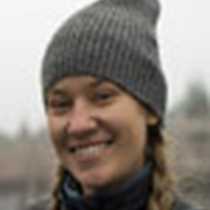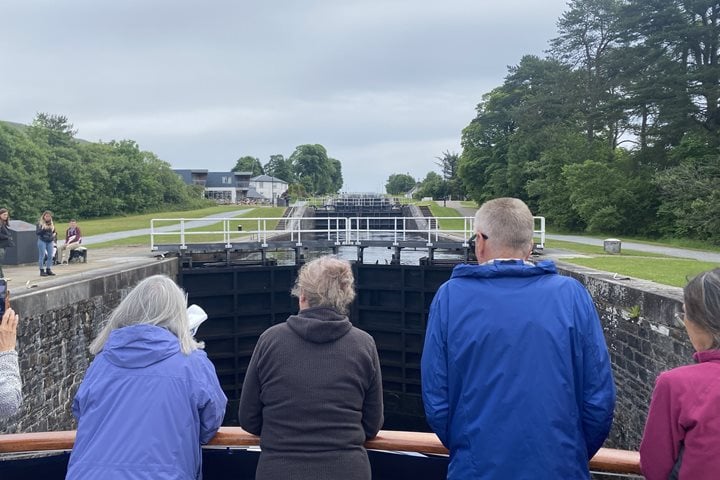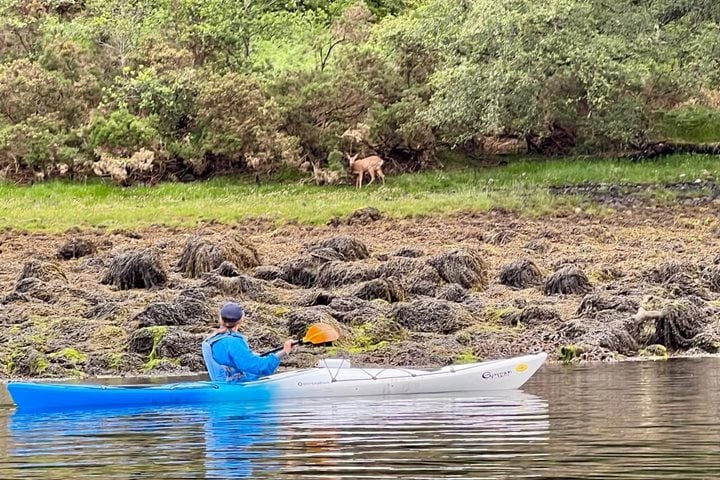We enjoyed true Scottish liquid sunshine—hey, things could only improve!—as we slipped our moorings in Tobermory at dawn and set course for Craignure along the Sound of Mull, the second largest of the Hebridean islands with some 300 miles of highly indented coastline. It is an island celebrated for its wildlife—golden- and white-tailed eagles, shorebirds, and marine life, including the minke whales we observed yesterday, on orca pod, and seasonal basking sharks. From Craignure, we drove in a long diagonal across the island, along a single-track road with passing places, to Fionnphort where we met the ferry for Iona.
Iona has emblematic significance in northwest Europe. It was here in 563 AD that Columba arrived on a mission to bring Celtic Christianity to Scotland from Ireland. He established a monastic community on the island that was famed for its learning and its craftsmanship. The Book of Kells, one the treasures of modern Ireland that is today housed in the library of Dublin’s Trinity College, was produced on Iona. It was taken to Kells Abbey in Ireland to prevent it from Viking raids in the eighth century. We walked to the restored Benedictine abbey, passing one of Britain’s best-preserved medieval nunneries and one of Thomas Telford’s “Parliamentary Kirks” on the way to view St Martin’s Cross, still in situ since the eighth century. It is the original Celtic cross, from which all others derived their distinctive design. The abbey, its cloister, a museum of high crosses and numerous craft shops were enjoyed by all.
After a wholesome lunch at the St. Columba Hotel, we took the ferry back to Fionnphort and returned to the Isle of Mull, passing the island’s two munroes, Ben Talla and Ben Mhor, both meeting the requirement of being more than 4,000 feet tall. By this time the weather had improved dramatically with warm sunshine lighting up the purple heather and the bright rowan berries of the mountain ash bushes. Detouring to Duart, we visited the ancestral pile of the Clan Maclean, a film set of a Scottish castle perched on a rocky crag, strategically situated overlooking the Sound of Mull. A tour of the castle, complete with a prisoner in the dungeon and a stroll around the site that includes a burial ground for Hanoverian soldiers billeted at Duart after the 1745 Jacobite Rebellion, rounded off the day. We drove to Tobermory to rejoin the ship.
Back on board at Craignure, we sailed for Oban, enjoying perfect sailing conditions. We viewed Duart Castle from the seaward side, a Stevenson lighthouse on the tip of Lismore, the MacBrayne monument on Kerrera, and the full sweep of the bay at Oban, the self-proclaimed “Seafood Capital of Scotland.” After dinner we had an informative presentation on whisky to prepare us for our tour of the Oban Distillery the following day.









